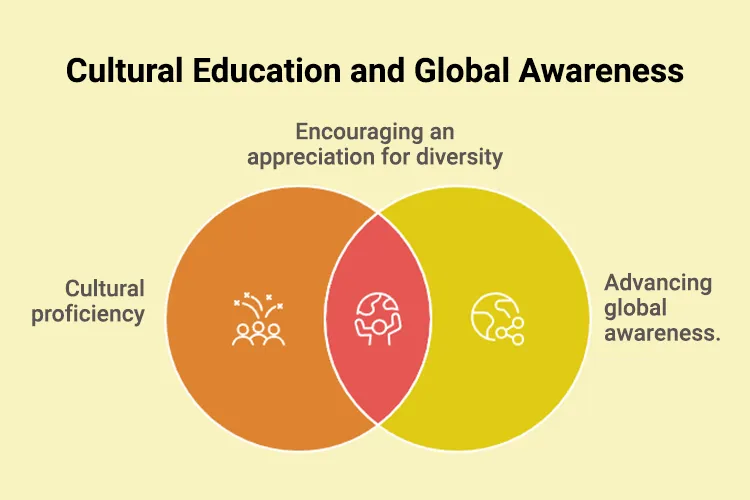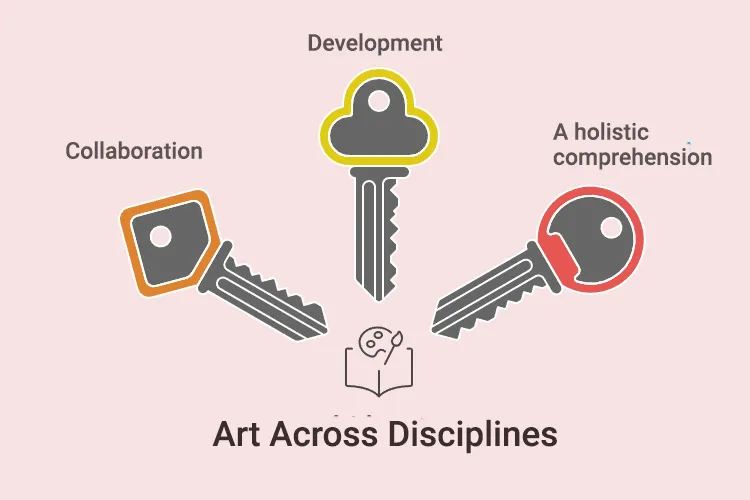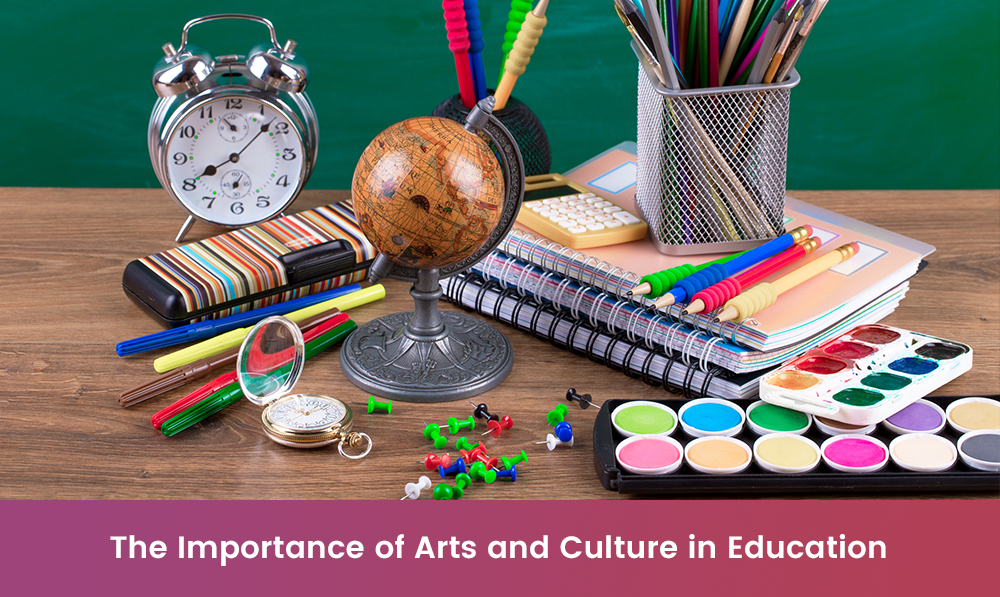Introduction :
In the powerful domain of education, the significant impact of arts and culture stretches out a long way past the customary domains of information. Education, saw as a far reaching venture, fills in as the pot where people go through intellectual, emotional, and social transformation.Past the transport of realities and hypotheses, it is the reconciliation of arts and culture into the actual texture of educational structures that lifts this excursion into a transformative odyssey. This article looks to unwind the layers of significance exemplified in the combination of arts and education, revealing insight into how this harmonious relationship shapes the holistic development of students.
As students cross the passageways of the scholarly community, the presence of arts and culture fills in as a directing compass, guiding them toward a nuanced comprehension of the world and themselves. Education, when joined with creative articulation and cultural investigation, turns into an embroidery that imparts information as well as molds people into critical masterminds, emotionally savvy creatures, and socially mindful supporters of society.
The accompanying investigation reveals the multifaceted advantages that emerge from the consistent coordination of arts and culture, exhibiting that their incorporation isn't only alluring yet irreplaceable for developing balanced, illuminated people.
1) The Transformative Power of Art Education:

It sustains an extraordinary type of articulation, permitting students to investigate and impart complex thoughts past the restrictions of language. Taking part in creative undertakings develops critical thinking abilities and urges students to see difficulties according to shifted points of view.
The disciplinary infractions reduction (3.6%)https://www.americansforthearts.org/by-topic/arts-education/10-arts-education-fast-facts and improvement in writing and emotional/social outcomes show arts don’t just decorate learning — they transform behavior, academic skill development & emotional intelligence.
2) Cultural Education and Global Awareness:

Openness to different cultures through writing, history, and the arts furnishes students with a more extensive perspective. Understanding cultural subtleties sustains sympathy and plans people to explore an interconnected world with deference and receptiveness.
Explore MITACSC's courses designed to shape your future and unlock opportunities.
3) Encouraging an Inventive Biological system:
Education should not be a transport line of normalized data but rather a rich ground for creativity to prosper. The arts assume a critical part in encouraging an imaginative environment inside educational establishments. Whether through visual arts, music, or theater, students foster the capacity to think innovatively, carrying new viewpoints to scholastic and true difficulties. Rising demand for arts/design courses (40% over 10 years) suggests students and society are increasingly valuing creative fields. That supports your point about encouraging environment for innovation.4) Art as an Impetus for Emotional Insight:
Art is an emotional language that rises above words. Integrating Art education into the educational program gives students a way to investigate and grasp their feelings. Whether through painting, music, or dance, students figure out how to communicate and direct their sentiments, adding to the development of emotional knowledge — an important expertise for exploring individual and expert connections.5) Developing Critical Masterminds:
Art moves people to address, break down, and decipher. The method involved with making and deciphering Art levels up critical thinking abilities, empowering students to notice subtleties, make associations, and structure autonomous decisions. These abilities stretch out past the Art studio, impacting students' way to deal with critical thinking in different scholarly disciplines and future professions.6) Advancing Inclusivity and Value:
Art and cultural examinations act as a scaffold to inclusivity, separating boundaries and giving voice to underestimated stories. A comprehensive arts education recognizes and celebrates different points of view, cultivating a climate where each student feels addressed and esteemed. This inclusivity improves the educational experience as well as adds to making a more fair society.7) Art Across Disciplines:
Art isn't restricted to an independent subject; it consistently incorporates different disciplines. The implantation of art into STEM fields, making STEAM, recognizes the harmonious connection between the arts and sciences. This interdisciplinary methodology energizes

